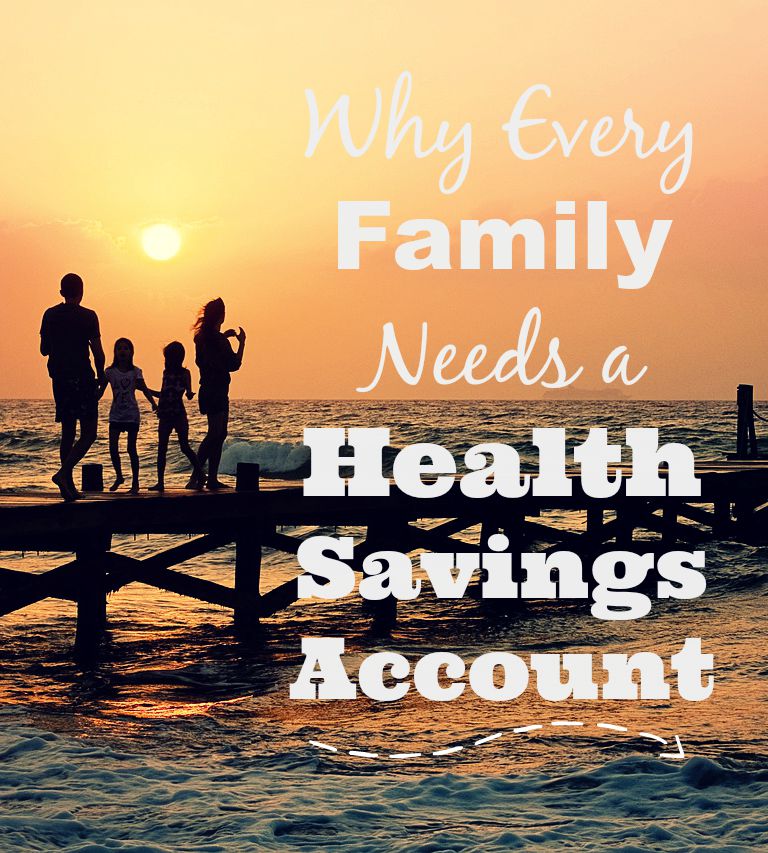Every stay-at-home mom knows that being on the outside of the traditional workforce does not exempt you from planning and managing your long-term financial future. In fact, it usually means you have to work even harder and know even more because you don’t have essential investments managed for you on behalf of your employer.
Even if you have a partner that regularly contributes to their own employer-sponsored investment opportunities, you may not be doing enough. You still need to take additional steps to ensure that you are financially secure now and in the future.
Here are the investments that every SAHM should have:
An Individual Retirement Account (IRA)
Study after study reports that most people are not financially prepared for retirement. Some couldn’t save enough, some had to retire early for health reasons, some were pushed out of jobs before they planned. Whatever the reason, you don’t want to reach retirement and find out that you don’t have enough. It may seem like it’s a long way off, but you need to save a ridiculous amount of money, so you need to start now. (For a list of other ways to save for retirement, check out this post: 14 Different Ways to Save for Retirement)
An IRA will give you tax benefits, so it’s better than a classic savings account. You have two options, a Roth IRA or a Traditional IRA, the difference being how and when the money is taxed. There is an annual limit for how much money can be invested in an IRA and it’s not that high so your goal should be to hit it each year.
There are tons of companies that offer IRAs, but my recommendation would be to look at Vanguard. They have the lowest rates in the industry and are very-well respected (they are who I use). If you don’t know what to invest in, look for something called a Target Retirement Fund. You will pick the year you anticipate retiring in and they will take care of the rest.
A 529 College Savings Plan
 The month your baby is born, you should set up a 529 Plan in their name. It may seem ridiculous to start saving for college so early, but college is expensive and I guarantee you will be shocked by how much you would need to save each and every month to cover the full cost without the help of scholarships or loans. I used a basic online college savings calculator, and it estimated that I would need to save over $500 each month to pay for my 1-year old’s college! For most people (including me) that is impossible, but the point is that you need to be saving what you can because odds are that once your children reach college age you will want to help them out as much as possible.
The month your baby is born, you should set up a 529 Plan in their name. It may seem ridiculous to start saving for college so early, but college is expensive and I guarantee you will be shocked by how much you would need to save each and every month to cover the full cost without the help of scholarships or loans. I used a basic online college savings calculator, and it estimated that I would need to save over $500 each month to pay for my 1-year old’s college! For most people (including me) that is impossible, but the point is that you need to be saving what you can because odds are that once your children reach college age you will want to help them out as much as possible.
529s are not taxed, so you will save yourself tons of money by using these instead of traditional savings accounts. You are able to transfer the funds between children, but only once a year, so it is a good idea to set up a separate fund for each child.
Long-term Stocks
 Investing in stocks is a great way to pad your other investments and savings. One benefit of having a stock portfolio outside of your IRA is that you can use it without penalty if you are not retirement age. It will typically grow faster than a traditional savings account (over the long-run), so it is a better home for money that you don’t plan on touching for 10-20 years.
Investing in stocks is a great way to pad your other investments and savings. One benefit of having a stock portfolio outside of your IRA is that you can use it without penalty if you are not retirement age. It will typically grow faster than a traditional savings account (over the long-run), so it is a better home for money that you don’t plan on touching for 10-20 years.
One of the great things about investing in stocks these days is that you no longer have to hire a stock broker to do it for you. There are great online companies that let you manage the whole process (and most of them can also offer you advice if you end up wanting a pro to help you out). If you go this route, my recommendation is to start with TradeKing (I’ve been using them for about 8 years and have been really happy). They have some of the lowest trading costs in the industry, which means you can start out investing in really small amounts without it costing you a lot.
There are literally thousands of stocks to choose from, but you want to do your best to choose stocks that are likely to perform well over a long period of time. I try to invest in companies that have strong, regular dividend payments that I automatically reinvest for more shares. Some investors disagree with this because you are taxed on dividend payments, but these companies are typically safe, strong, and financially secure. In my opinion, they’re the best.
A Health Savings Account (HSA)
 I’m a huge fan of HSA’s, especially for one-income families. Basically, every month a portion of your income goes into an account (the HSA) that can only be used for health expenses that insurance doesn’t cover. This doesn’t mean only elective procedures – it also includes things like copays, prescriptions, and your deductible. There are a ton of benefits to an HSA (You can read my full article on that here – Why Every Family Should Have a Health Savings Account), but here are the highlights:
I’m a huge fan of HSA’s, especially for one-income families. Basically, every month a portion of your income goes into an account (the HSA) that can only be used for health expenses that insurance doesn’t cover. This doesn’t mean only elective procedures – it also includes things like copays, prescriptions, and your deductible. There are a ton of benefits to an HSA (You can read my full article on that here – Why Every Family Should Have a Health Savings Account), but here are the highlights:
- They’re tax deductible – more bang for your buck!
- They cushion the blow of unexpected medical costs
- They follow you into retirement
Basically, they save you money, increase your financial security, and give you peace of mind at a time when you’re really going to want to focus on other things. You have nothing to lose.
Life Insurance
It is really hard to stomach paying for life insurance, but it is unfortunately often overlooked, especially if you are the non-breadwinning spouse or partner. But imagine if something happened to you – what would happen to your children? Who would take care of them? How would your partner handle everything? There will be enough hardships to deal with, so you want to make sure money is not one of them.
Related article: A Surefire Way to Get Your Will Written
An Emergency Fund
Even though this is last on my list, it is possibly the most important investment of them all. Something will inevitably happen – I’m sure things have already happened – where you all of a sudden need thousands of dollars. And for some horrid reason, these things seem to always happen at the same time. As hard as it is having a large sum of money sitting in a plain old easily accessible savings account, it needs to be done. Again, when something bad happens, you don’t want money to be the focus.
The amount in your emergency fund will be different for everyone, but you should at least be prepared for the loss of a job (at least 6 months of all bills and living expenses saved up), emergency medical expenses (at least whatever your health care deductible is), and emergency home fixes (losing a furnace in the middle of winter will cost you a pretty penny).
Real Estate
 Long-term real estate investing is a big undertaking, so it’s definitely not for everyone. But I do think there’s a reason that stay-at-home moms in particular should consider it – when done right, it will eventually become a source of reliable passive income. And when you transition to a one-income household you are putting all of your eggs in one basket, so this is a great way to hedge against that.
Long-term real estate investing is a big undertaking, so it’s definitely not for everyone. But I do think there’s a reason that stay-at-home moms in particular should consider it – when done right, it will eventually become a source of reliable passive income. And when you transition to a one-income household you are putting all of your eggs in one basket, so this is a great way to hedge against that.
There’s another reason this is a great option (and not just for stay-at-home moms). When you invest in long-term real estate with the intention of renting out your properties, your tenants are covering the cost of the mortgage and maintenance (not you). You will need to make sure that you have set aside enough money to cover anything major and unexpected, but almost all of the cost will come with the setup. If you can find and hire the right people, this is a great set-it-and-forget-it investment.
My husband and I were very successful doing this, so it has become a big part of our investment strategy and definitely one of the biggest reasons I’m able to stay at home. You can read about our first investment experience here – How We Bought Our First Investment Property.
Preparing and managing all of these investments can be overwhelming, which is why it’s important to just get started and set reasonable goals. We all know time flies, so it’s better to take advantage of that than be caught off guard by it.
If you’re looking for more ideas on investing, check out my Investing & Building Wealth Pinterest board:
Follow Nikki @ MBAsahm’s board Investing & Building Wealth on Pinterest.


